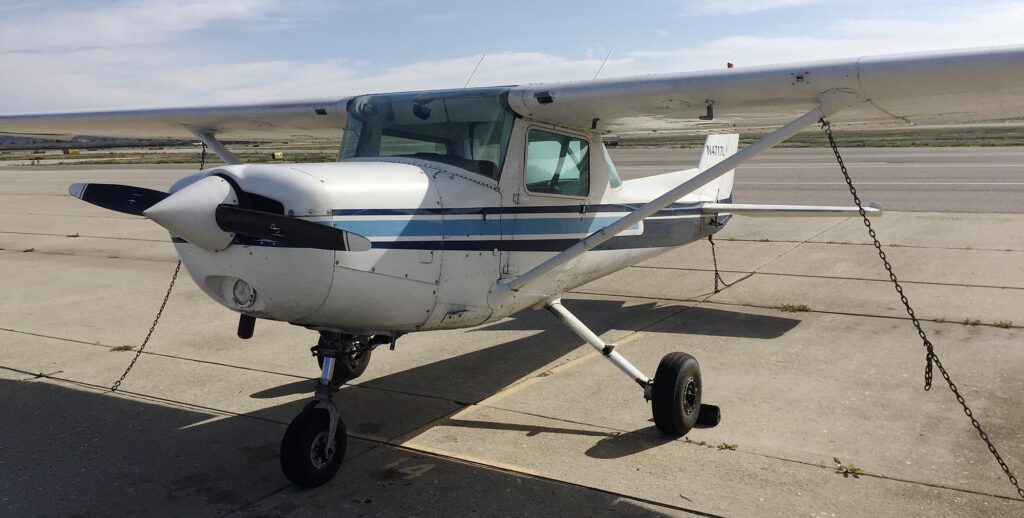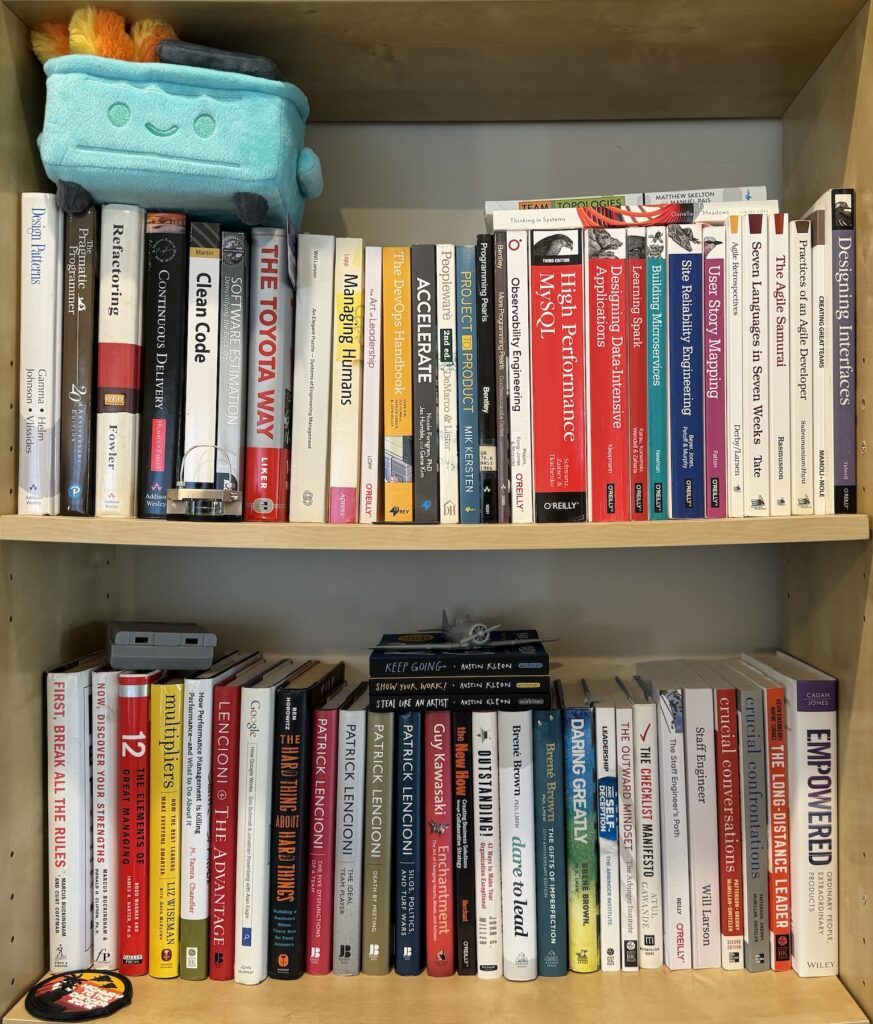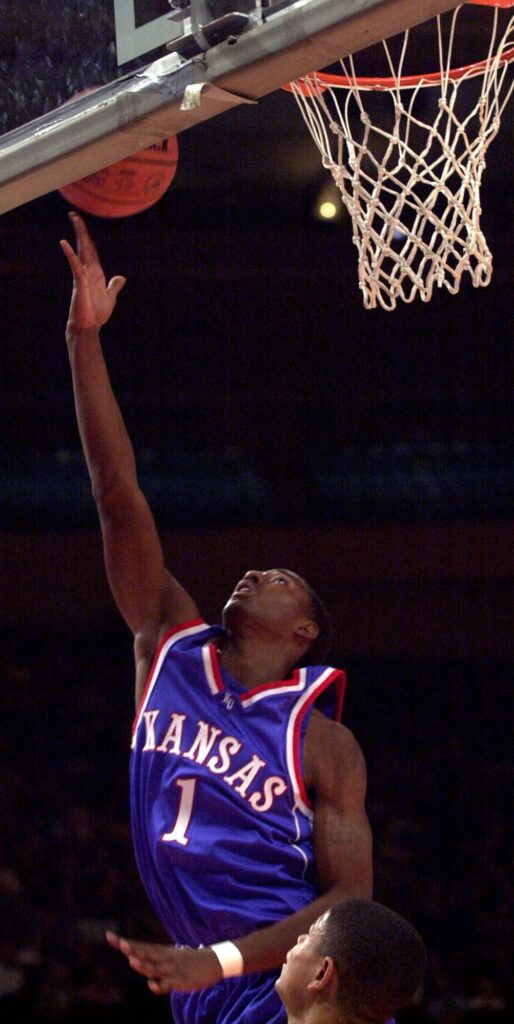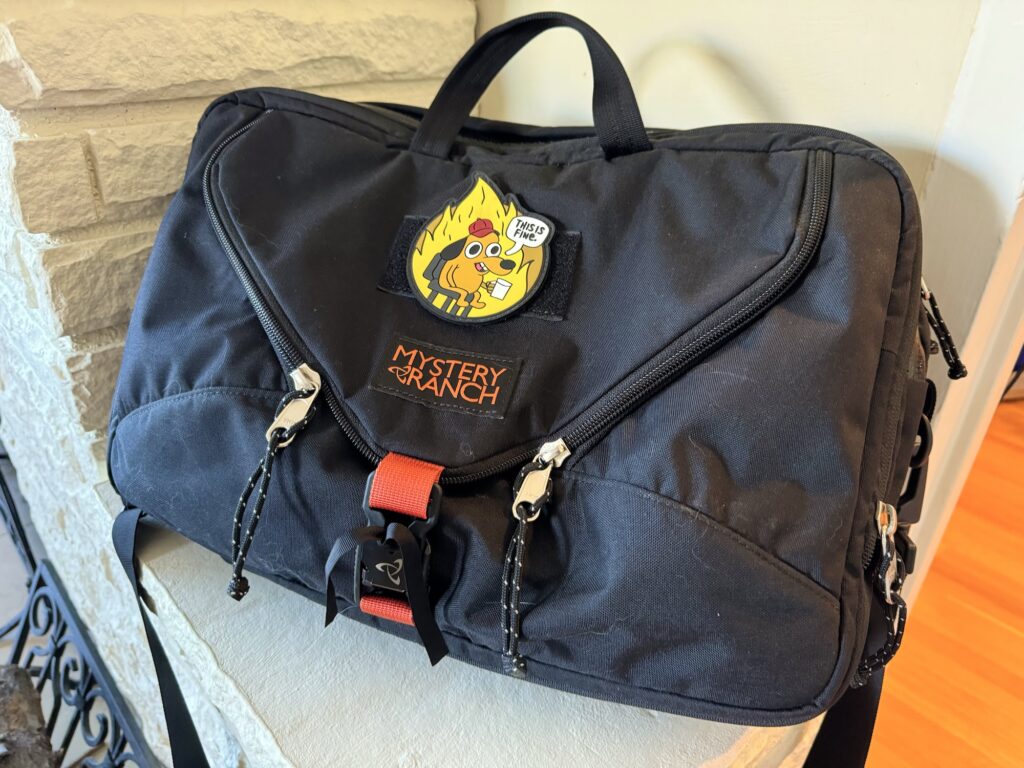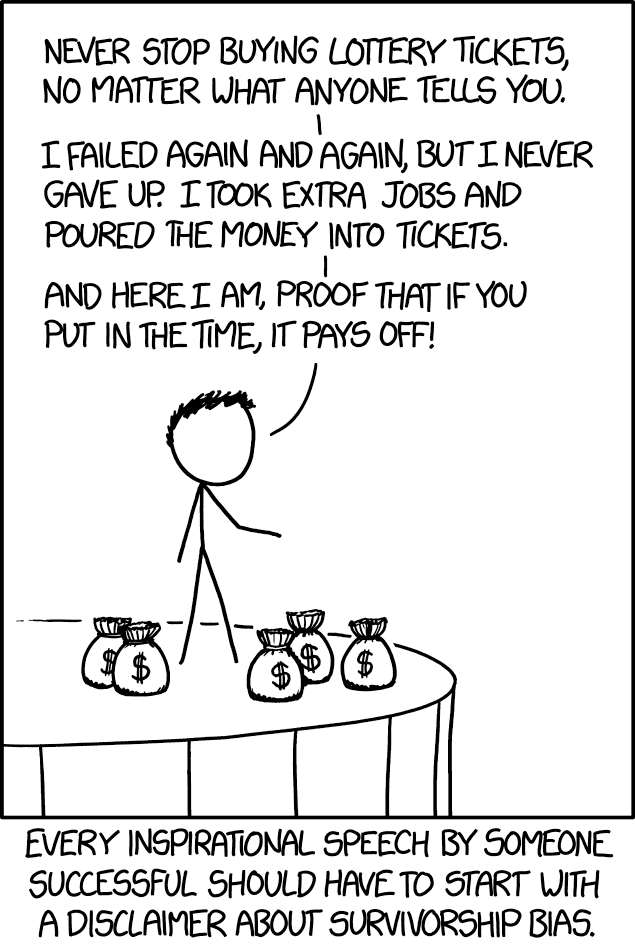
Topeka, Kansas is a small city that can sometimes surprise you. One of the surprising bits was the ability to take four years of Russian language classes in high school. By some crazy random happenstance Topeka High School had Russian instruction going back to 1973.
The local Russian teacher, Mr. Lonard, went into the middle schools every year to drum up interest in the classes, making sure there were always a critical mass of students. The highlight of the program was a biennial exchange where high school students from Kansas would host high school students from the former Soviet Union. A few months later, students from Kansas would then be hosted in Russia or Ukraine.
I wanted to go. Sitting in that middle school classroom, I knew I wanted to go.
Fast forward three years. I was a junior in high school and on a plane to Kharkiv, Ukraine. I had been to Mexico once or twice while visiting family in San Diego, but this was a different scale of international travel. Having two-ish years of Russian classes had prepared me somewhat, but my conversational language wasn’t great and I was getting thrown in the deep end.
I was scared out of my mind.
My host brother Dimitri stayed with his maternal grandparents in a suburb of Kharkiv called Piatykhatky. This was done so he could attend the local secondary school, which was one of the best in Kharkiv. Piatykhatky was home to the former Ukrainian Physics and Technology Institute, now called the Kharkiv Institute of Physics and Technology. With such a concentration of scientific talent the local school had an amazing set of teachers.
As told by my Russian teacher, Piatykhatky was completely closed to foreigners while Ukraine was part of the Soviet Union. Now, a group of high school students from Kansas would call it home for six weeks – just four years after the Soviet Union collapsed.
I spent the majority of each week with Dimitri and his grandparents in their small apartment. We then spent the weekends with Dimitri’s parents and sister. They lived on an Army base on the outskirts of town.
I could go on for many pages about how wonderful Dimitri and his whole family were to me. There are dozens of stories to tell of Dimitri’s visit to Kansas as well. I could also go on for pages about how friendly the population of Kharkiv were to a bunch of wayward American high school students as we tried to navigate a large town half a world away from home.
The original exchange program between Topeka High and School 62 in Piatykhatky ended in 1998. There were rumors of corruption as the Director of School 62 allegedly solicited bribes during the exchange selection process. I was happy to see recent news that students from Ukraine are once again attending Topeka High School.
It is enough to say that I have been thinking about Dimitri and his family a lot lately. Russia invaded Ukraine and Kharkiv Oblast over two years ago. According to some reports, the invasion started at Piatykhatky, which is only 17 miles from the Russian border. Kharkiv, the city, has been under unrelenting artillery shelling and missile strikes ever since. School 62? The building where I took classes is reported to have been destroyed.
It is a cruel action taken against wonderful people, and a country that I have held in high regard for almost thirty years.
I am looking forward to the war being over one day. I dream of returning to Piatykhatky after three decades away and walking the same streets I walked as a teenager. For now, this is an impossibility. It will have to be enough that my thoughts are with Ukraine and its citizens.
Slava Ukraini.
